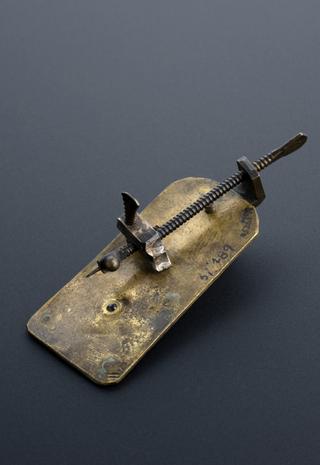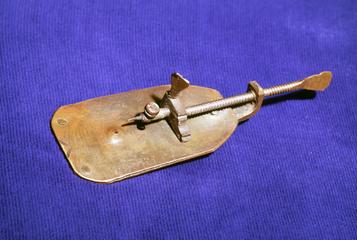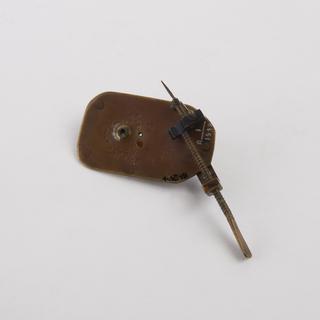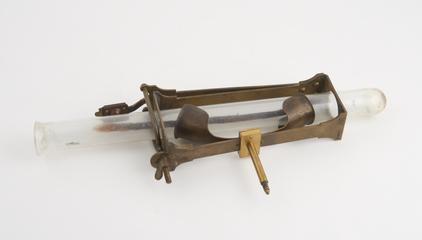
Antoni van Leeuwenhoek 1632 - 1723
- occupation:
- Merchant, Microscope maker, Scientist (optics)
- Nationality:
- Dutch
- born in:
- Delft, South Holland, Netherlands
Van Leeuwenhoek was born in Delft in the Netherlands, to a family of brewers. He is known for his highly accurate observations using microscopes.
Leeuwenhoek worked as a draper, or fabric merchant. In his work he used magnifying glasses to look at the quality of fabric. After reading natural scientist Robert Hooke’s highly popular study of the microscopic world, called Micrographia (1665), he decided to use magnifying lenses to examine the natural world. Leeuwenhoek began to make lenses and made observations with the microscopes he produced. In total he made over 500 such microscopes, some of which allowed him to see objects magnified up to 200 times.
These were not the first microscopes, but Leeuwenhoek became famous for his ability to observe and reproduce what was seen under the microscope. He hired an illustrator who reproduced the things Leeuwenhoek saw.
In 1673 he began corresponding with the Royal Society of London, which had just formed. Leeuwenhoek made some of the first observations of blood cells, many microscopic animals, and living bacteria, which he described as ‘many very little living animalcules’. In 1680 his work was recognised with membership of the Royal Society - although he never attended a meeting, remaining all his life in Delft.



